Fitness
Aqua fitness helped her overcome an eating disorder. Now she teaches it

After moving to the United States for university, she tore her ankle tendon while running and could no longer exercise, so she limited her food intake even more.
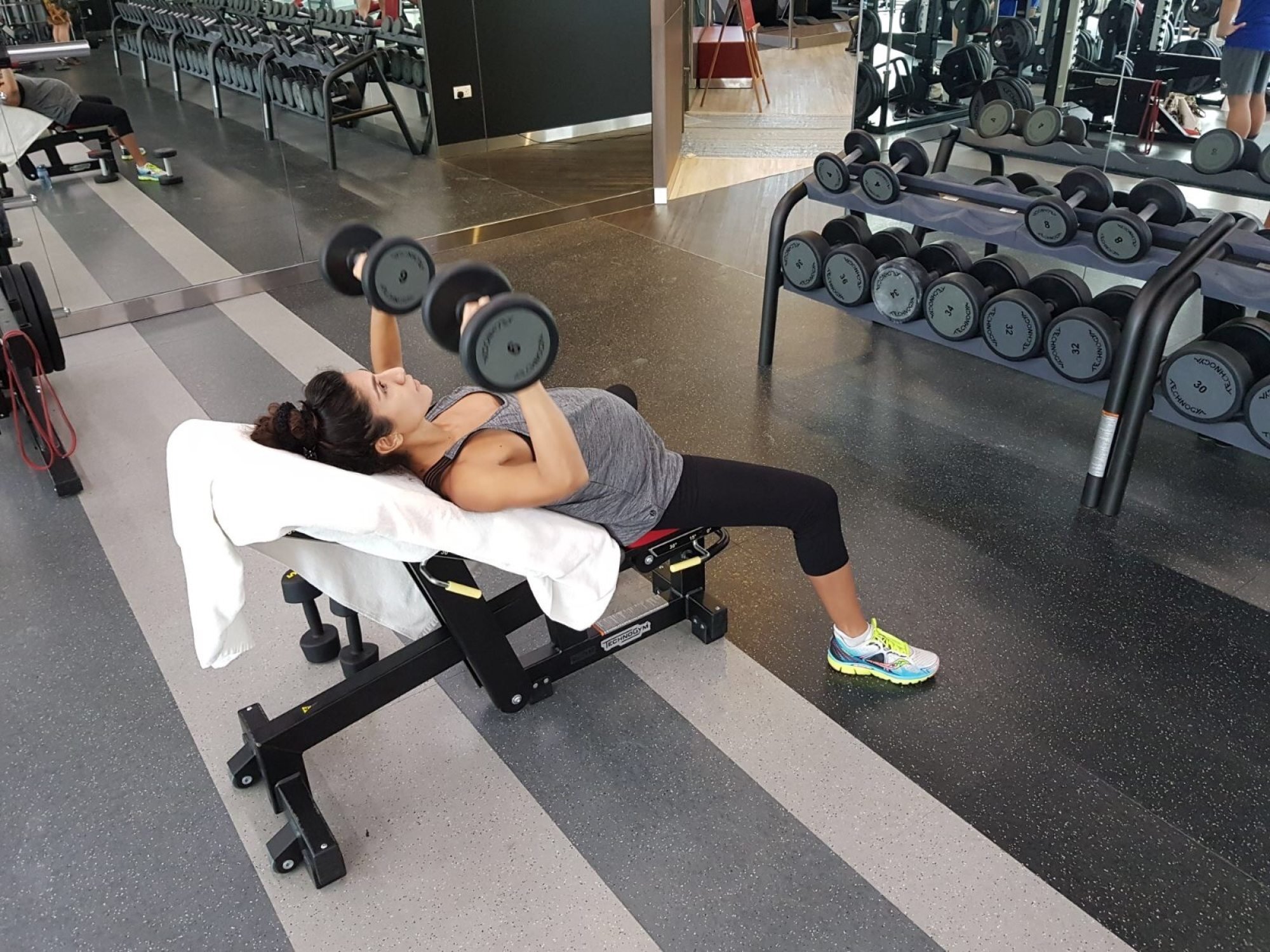
“That’s when I hit rock bottom. My body totally fell apart,” she says.
“I loved the feeling of being in the water and I wasn’t scared that I’d hurt some part of my body or damage my body further,” she says.
I’ve seen many lives transformed through aqua fitness. Moving in the water can have a unique therapeutic effect
There, aqua fitness, combined with strength training, brought her “back to life”.
The underwater movements were simple and gentle – side walking, leg lifts, dynamic stretching and upper body movements with dumbbells – and Sander liked how they made her feel.
“They helped me regain my strength, slowly and steadily,” she says.
“Being in the water helped me feel confident about moving my body again. I felt safe in the water, a feeling that was foreign to me out of the water.”
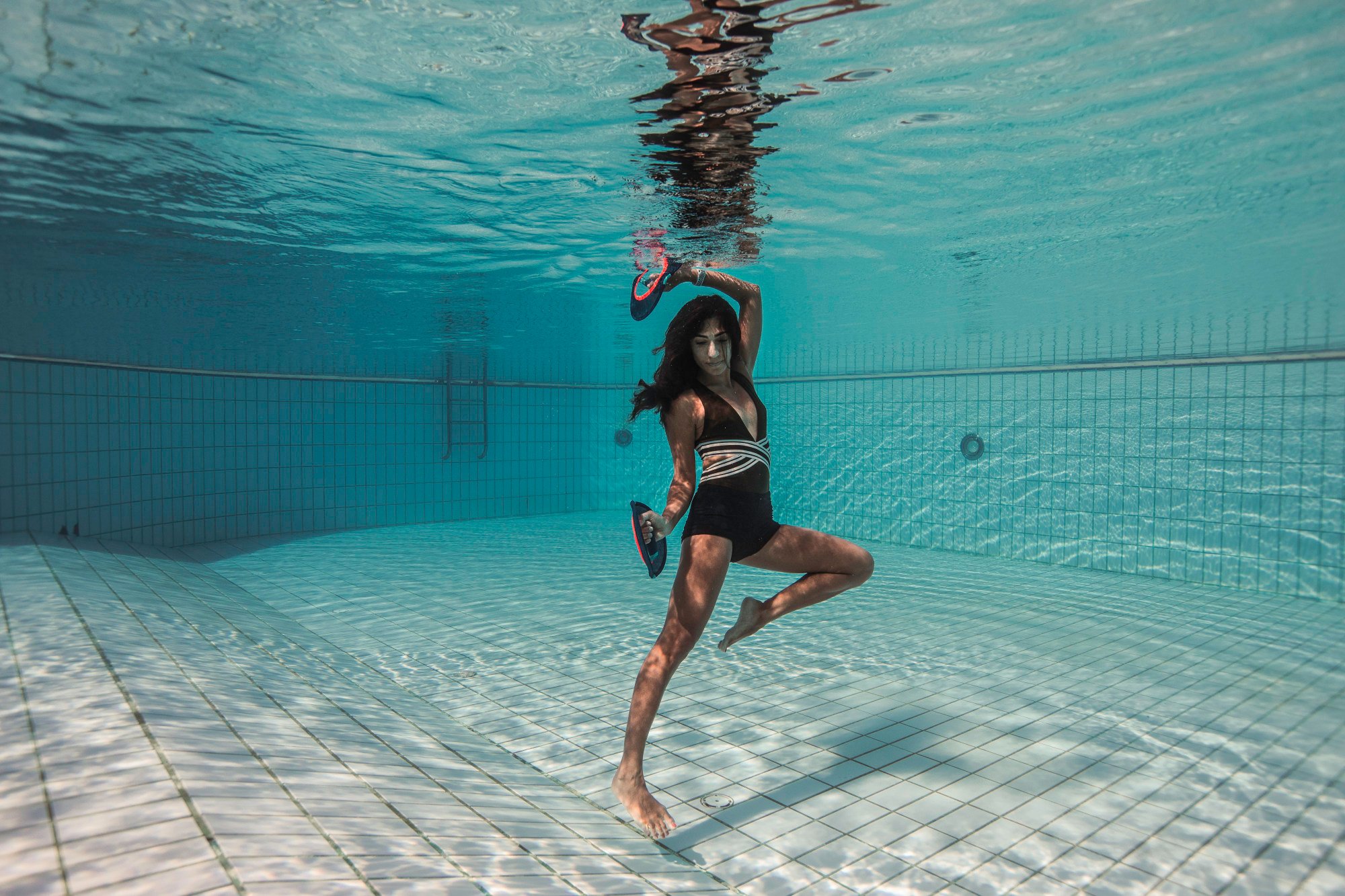
Her four years in Sydney were life-changing, and, determined to recover, she put everything she had into beating her illness. With help from a physical therapist, she relearned how to walk and move her body without fear of fracturing bones or falling. She eventually reversed her osteopenia.
Without any family support the recovery process was “painstakingly slow” and “lonely”, but she knew that she had to get through it to survive.
Sander spent the next decade living in various cities in Asia, including Bangkok and Hong Kong. During this time, she met her husband and got married.
In Asia, Sander worked briefly in real estate and at an art gallery but felt that her true calling was in fitness.
She obtained several certifications in fitness and wellness, including an Aqua Instructor International Certification from the Federation of International Sports, Aerobics and Fitness (FISAF).
She continued working out in the pool, making the choice to be “strong over skinny” every day.
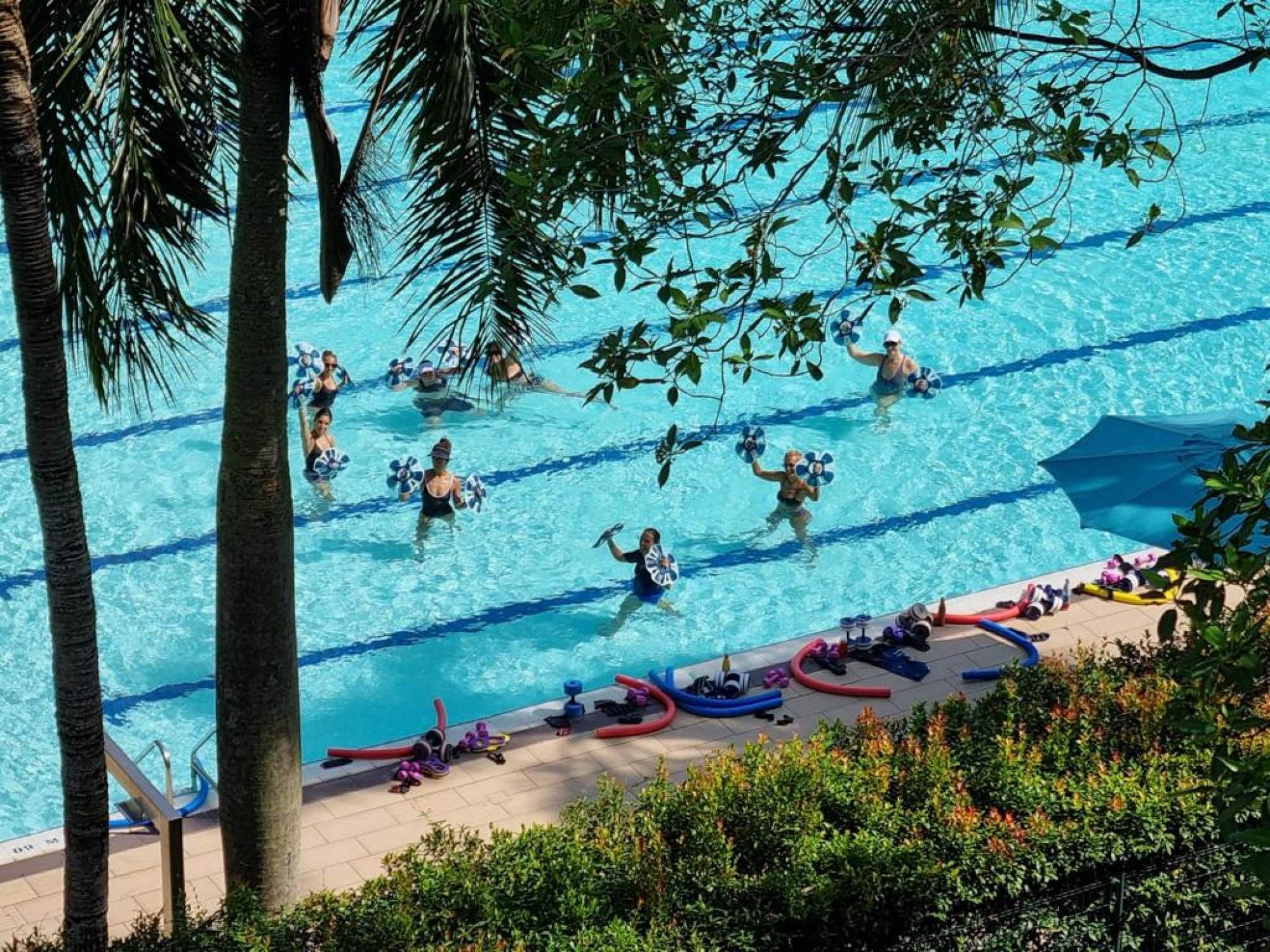
“I couldn’t exercise for six weeks after having my son, but I knew that, once I was able to exercise again, I would feel better,” she says.
She had relocated to Singapore the year before and noticed that, with the exception of aqua spinning (also known as aqua cycling), there was a lack of water fitness awareness in the city state.
Fitness, particularly aqua fitness, has saved my life countless times
In 2019, Sander started teaching the Aqua Tula method formally and, over time, calibrated the exercises and sequences to suit people with different needs, fitness levels and abilities.
“Aqua Tula incorporates both shallow- and deep-water workouts,” Sander says.
She uses pool noodles, boxing mitts, aquatic foam dumbbells and space shoes – designed to emulate a step class in the water and good for knee rehab – in different combinations.
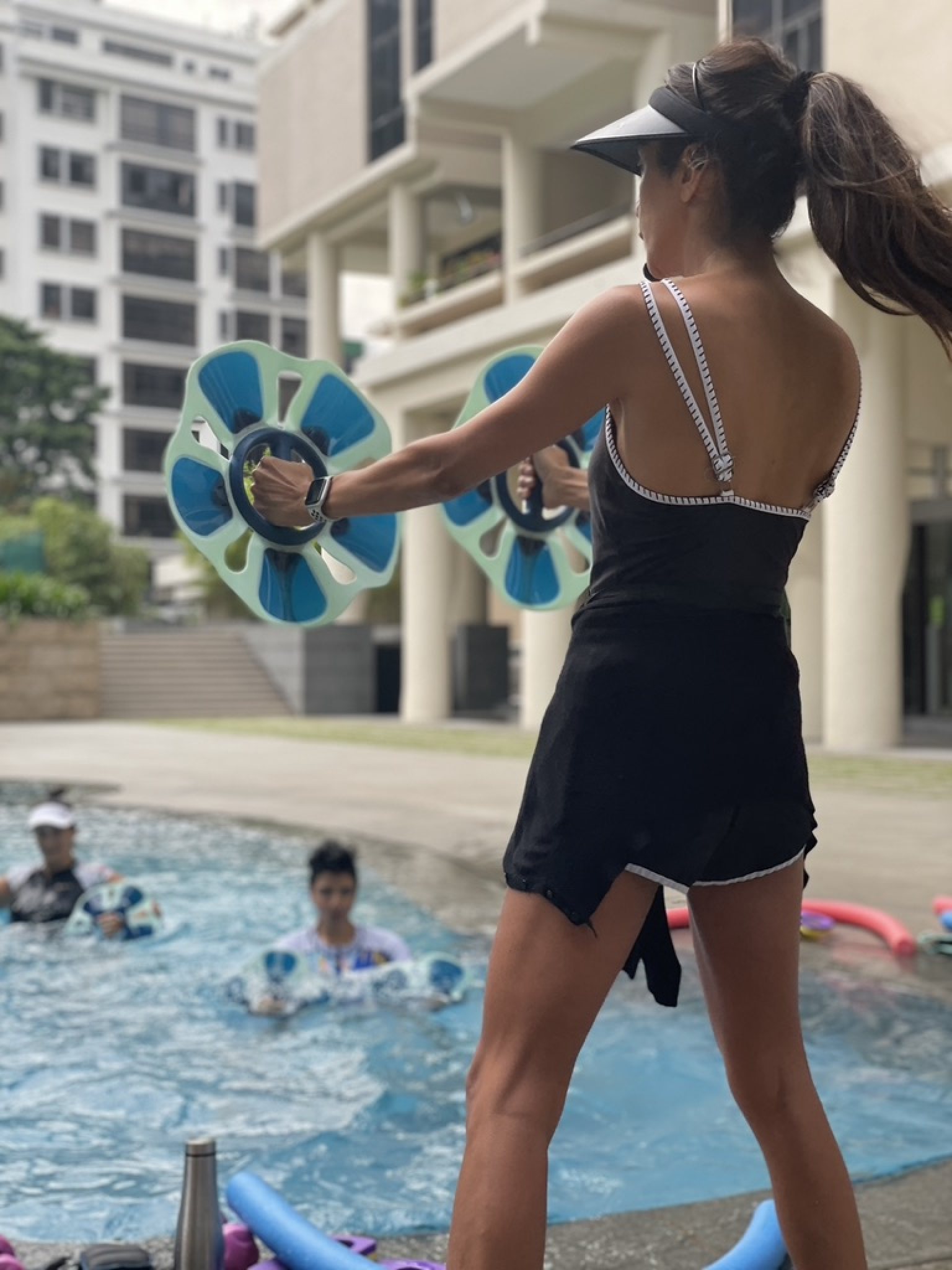
“My dance background helps with the choreography element. This and all the fitness knowledge I’ve amassed over the years have helped me create and build a repertoire of exercises not previously seen in aqua fitness.”
“I’ve seen many lives transformed through aqua fitness. Moving in the water can have a unique therapeutic effect,” she says.
With her method, Sander hopes to change how people view aqua fitness. She says that rather than a slow and easy workout, Aqua Tula is the opposite and much more.
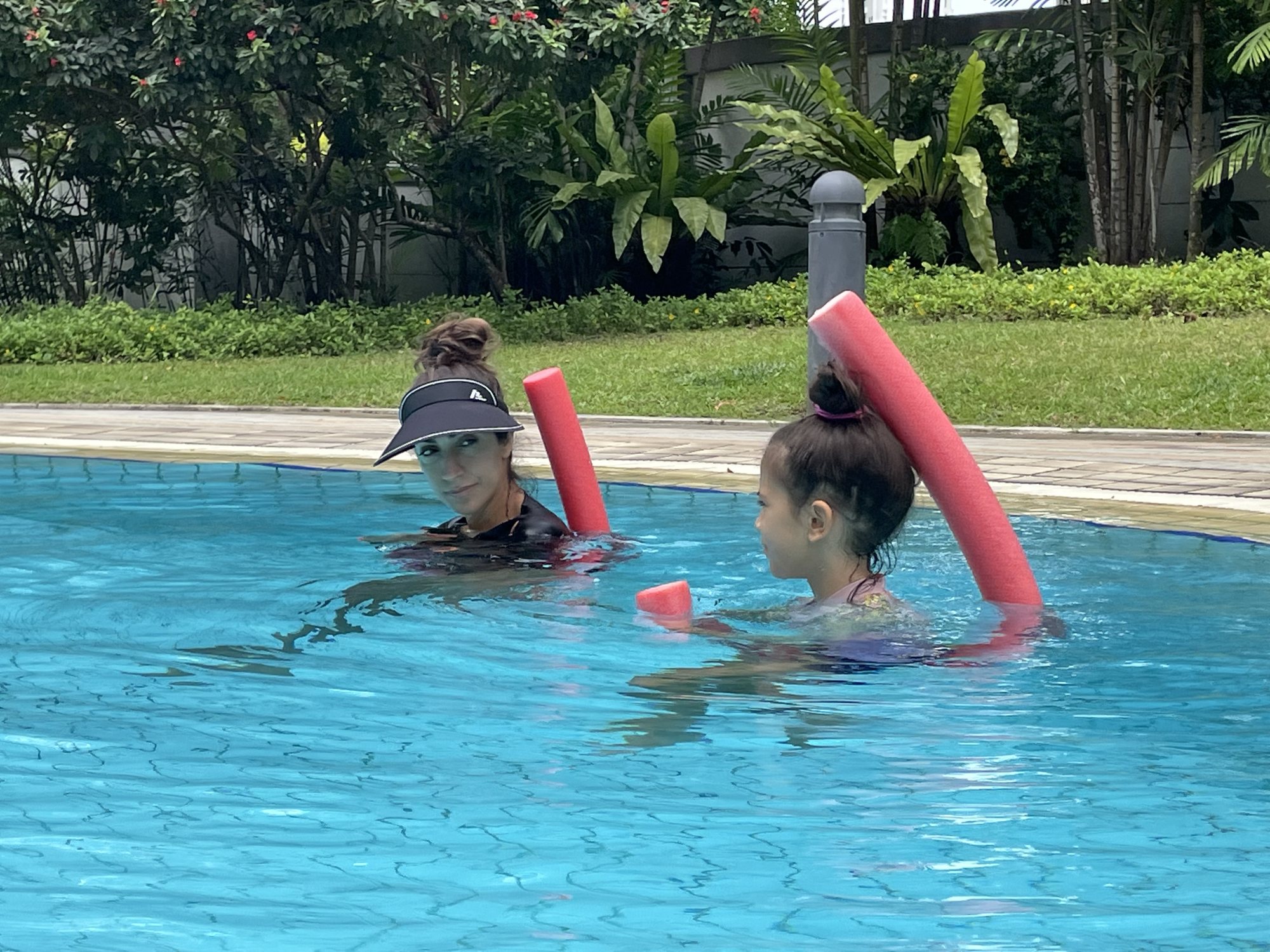
“I wake up most mornings with varying degrees of these three things. I’m usually in the pool within the first three hours of my day, and from the second I start moving in the water, I can feel the fear, pain and anxiety dissipate. My mind becomes clearer, I feel stronger, and I’m ready to face another day.
“Aqua fitness has also taught me that healing comes from within. By exercising in a way that is safe and pain-free, and by moving for my mind, I’ve reclaimed my sense of self and my power.”










